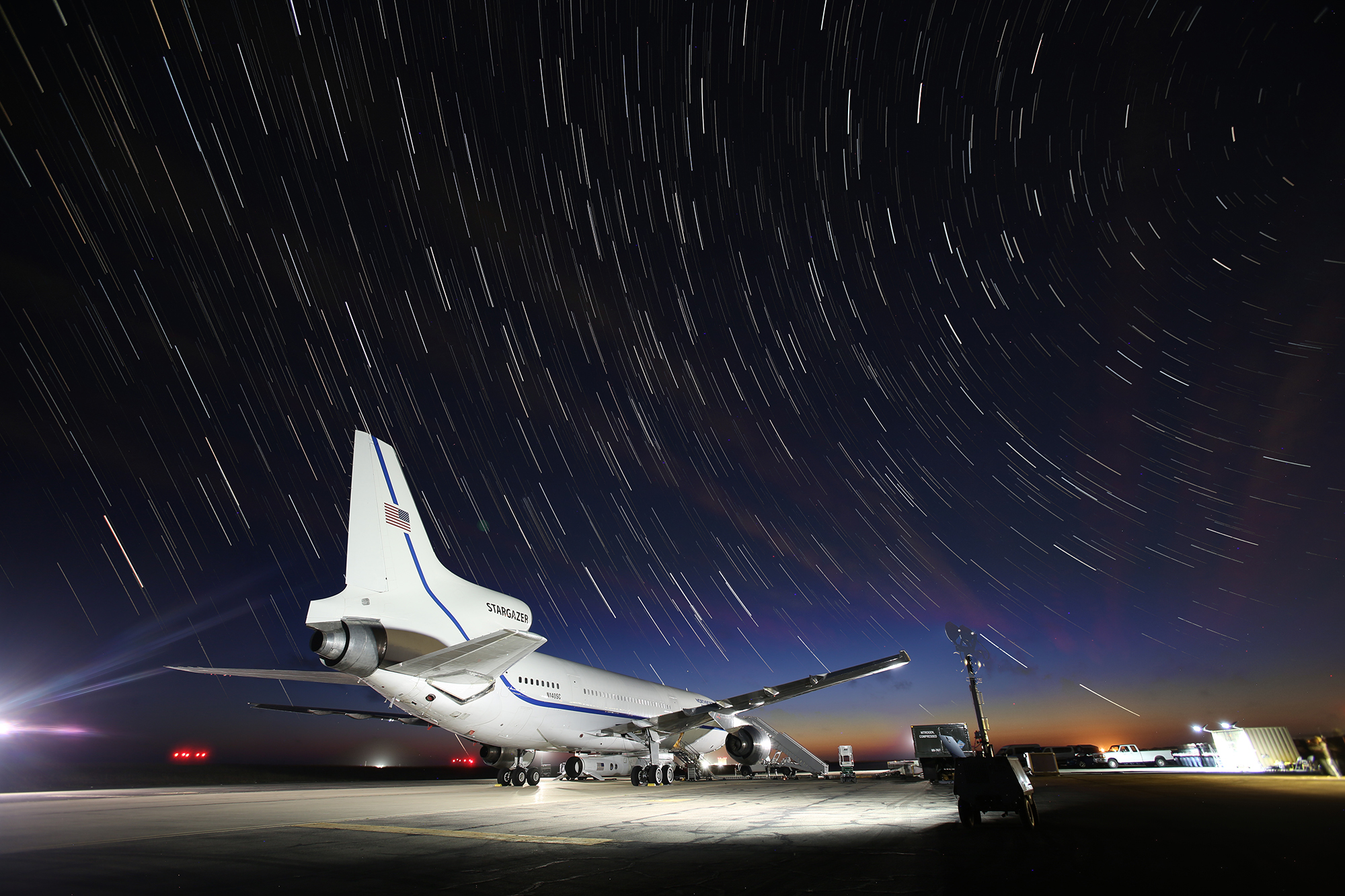The mission is part of the Space Force’s tactically responsive launch program
WASHINGTON — A Northrop Grumman Pegasus XL rocket launched the U.S. Space Force’s Tactically Responsive Launch-2 (TacRL-2) mission June 13 at 1:11 a.m. Pacific from Vandenberg Space Force Base, California.
The payload was successfully deployed to low Earth orbit, a Space Force spokesman said Sunday.
Pegasus is an air-launched rocket deployed from a Stargazer L-1011 aircraft. Shortly after its release from Stargazer, at approximately 40,000 feet above the Pacific Ocean, Pegasus ignited its first stage and flew TacRL-2 to its intended orbit, the Space Force confirmed.
TacRL-2 is a technology demonstration satellite to be used for space surveillance. The Space and Missile Systems Center’s Space Safari office integrated the satellite built and operated by the Air Force Research Laboratory and Space Dynamics Laboratory.
The mission is part of the Space Force’s tactically responsive launch program, an effort to figure out ways to shrink the timelines for planning space missions.
“When I challenged the Space and Missile Systems Center about a year ago to demonstrate a responsive space capability, they accepted and delivered,” Chief of Space Operations Gen. John Raymond said in a statement. “The team presented an integrated space domain awareness satellite ready for launch in record time,” he said. “What normally would have required two to five years, took 11 months.”
The launch vehicle design, build, integration and testing was completed within four months from contract award, said Lt. Col. Ryan Rose, chief of SMC’s Small Launch and Targets Division.
TacRL-2 was the first mission supported by SMC’s new Space Safari program office.
This was the 45th launch of the solid-fueled Pegasus. Northrop Grumman said Pegasus has launched more than 90 satellites to low Earth orbit from five launch sites in the United States, Europe and the Marshall Islands.
